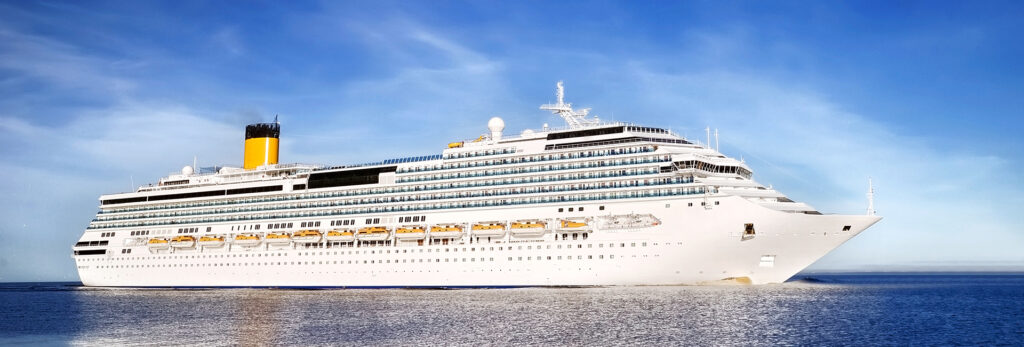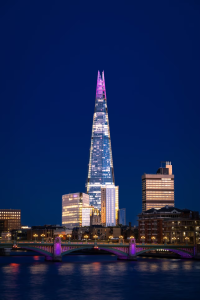Steps To Improve Cruise Ship Safety For Passengers
2 min read
Cruise ships offer a luxurious and enjoyable way to travel, but ensuring the safety of passengers is paramount. With thousands of individuals on board, cruise operators must consider security measures to prevent accidents and emergencies. From onboard safety protocols to ensuring swift evacuation procedures, improving cruise ship safety involves careful planning and implementation of key strategies. Below are steps that can be taken to boost safety for passengers and crew alike.
Regular safety drills for passengers and crew:
One of the most effective ways to ensure safety is through routine safety drills for both passengers and crew. These drills should cover a variety of emergency situations, including fire evacuations and man-overboard scenarios. Ensuring that every passenger is familiar with emergency exits, lifejackets, and muster stations can save lives during key situations.
State-of-the-art surveillance systems:
Cruise ships should implement inclusive surveillance systems to monitor all areas of the vessel. This includes security cameras that oversee both public and private spaces, helping prevent any incidents of theft or violence. A well-monitored ship can also help security personnel react quickly if any unusual activity is detected.
Advanced fire safety measures:
Fires on cruise ships can have catastrophic consequences. To mitigate such risks, ships must be equipped with modern fire detection and suppression systems. Smoke detectors, sprinklers, and fire extinguishers should be strategically placed throughout the vessel. Additionally, it is essential to maintain fire-resistant materials in cabins and public areas.
Efficient emergency evacuation plans:
Clear and effective evacuation procedures are vital for passenger safety. Ships should have well-marked emergency exits and lifeboat stations. Regular checks should ensure that lifeboats and life rafts are in working condition, and evacuation routes are unobstructed. Staff should be trained to assist passengers during an evacuation and ensure that everyone is accounted for.
Medical facilities and emergency response:
Cruise ships should have well-equipped medical facilities with trained medical staff on board. Accidents and illnesses can happen at any time, so it is important for passengers to have access to immediate medical care. Ships should also be prepared for serious health emergencies by having protocols for airlifting patients to nearby medical facilities if necessary.
Security measures to prevent unauthorized access:
Unauthorized access to restricted areas can pose significant security risks. Ships should implement strict access controls, such as key cards and security checks, to ensure that only authorised personnel enter sensitive locations, like the engine room and bridge.



